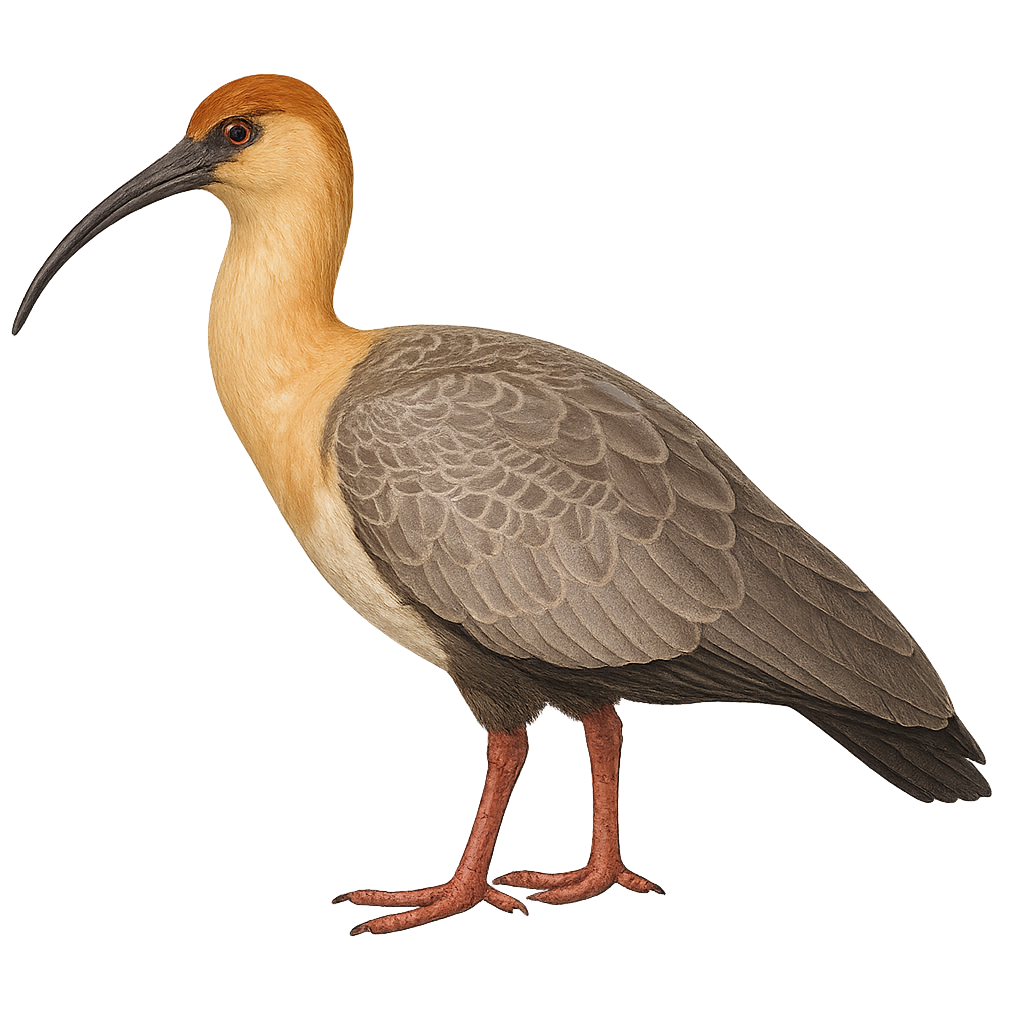Your wildlife photography guide.
Explore the andean ibis in detail, study its behavior, prepare your shots.
Where to observe and photograph the andean ibis in the wild
Learn where and when to spot the andean ibis in the wild, how to identify the species based on distinctive features, and what natural environments it inhabits. The WildlifePhotographer app offers tailored photography tips that reflect the andean ibis’s behavior, helping you capture better wildlife images. Explore the full species profile for key information including description, habitat, active periods, and approach techniques.
Ibis des Andes
Scientific name: Theristicus branickii

IUCN Status: Near Threatened
Family: THRESKIORNITHIDAE
Group: Birds
Sensitivity to human approach: Suspicious
Minimum approach distance: 10 m
Courtship display: October to November
Incubation: 26-28 jours
Hatchings: October to December
Habitat:
Wet grasslands, marshy areas, high-altitude lakes
Activity period :
Primarily active during the day, with peak activity in the morning and late afternoon.
Identification and description:
The Andean Ibis, or Theristicus branickii, is a large wading bird identified by its pale gray plumage, orange-brown head and neck, long curved black bill, and black-tipped wings. It inhabits the high Andean plateaus between 3,000 and 5,000 meters, primarily in Peru, Bolivia, Ecuador, and northern Chile. Found in high-altitude grasslands, wet meadows, and marshy pastures, it feeds on invertebrates, larvae, and small vertebrates, probing the ground with its long bill. Usually solitary or in small groups, it is often seen walking in open landscapes. The species is generally stable, though reliant on the preservation of Andean ecosystems.
Recommended lens:
400mm – adjust based on distance, desired framing (portrait or habitat), and approach conditions.
Photography tips:
To photograph the Ibis des Andes, it is advisable to use a telephoto lens of at least 400mm to capture detailed images without disturbing the bird. Aim to shoot early in the morning or late in the afternoon when the light is soft and flattering. Be patient and discreet, approaching slowly to avoid startling it. Wetlands and high-altitude grasslands are ideal places to observe and photograph this bird. Remember to check the weather conditions, as the weather can change rapidly at high altitudes.
The WildlifePhotographer App is coming soon!
Be the first to explore the best nature spots, track rutting seasons, log your observations, and observe more wildlife.
Already 1 432 wildlife lovers subscribed worldwide

